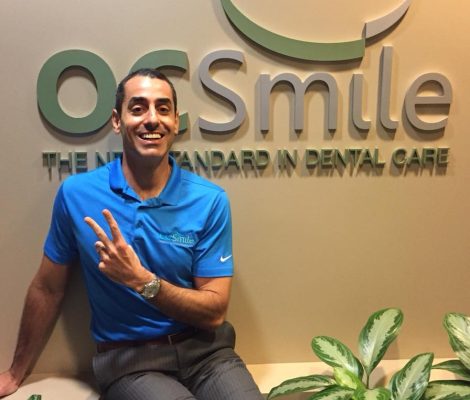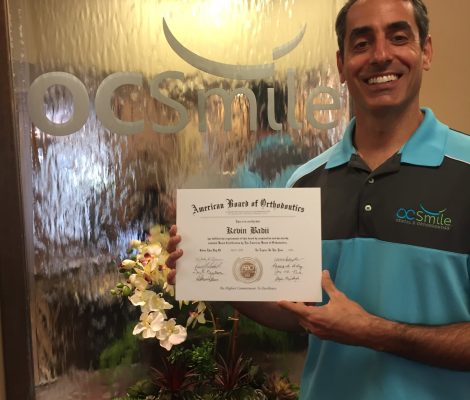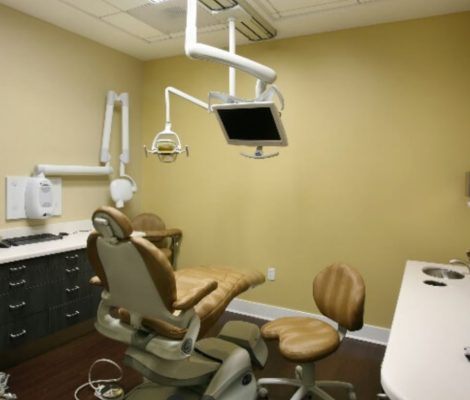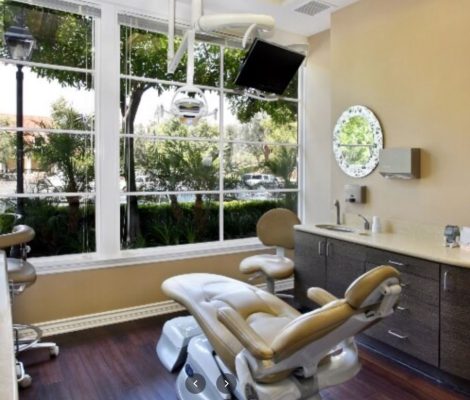Root Canal Therapy & Microsurgery in Southern California
OC Smile, Using Advanced Technology to Make Root Canals Easy
When a tooth’s pulp becomes infected or inflamed, which can happen as a result of severe dental decay, a crack in the tooth, or some other type of trauma to the tooth, root canal therapy is required. Severe throbbing, tooth pain, or more widespread pain in the head and neck are all indications of infection. Infections can harm the jaw and spread to other teeth if they are not treated right.
Under local anesthetic, root canals are performed as outpatient operations in the offices of OC Smile. The decomposing pulp will be gently removed, the region will be cleaned, and then the hollow will be filled with specialty materials. In order to seal and protect the tooth, we frequently finish the treatment by placing a crown on it.
When doing root canals, dental implants, and other operations, OC Smile Dental & Orthodontics makes use of contemporary microsurgery equipment that enables us to see great detail and work with precision. Microsurgery in medicine is essentially any type of surgery with a microscope, and dental operating microscopes of today represent a significant improvement over earlier equipment. We can enlarge surgical areas up to 20 times the conventional views using fiber optic lighting. Dental operating microscopes are more adaptable and simpler for us to use than more conventional magnification tools, which can only magnify objects up to six times the size they normally do.
With the use of this technology, we can perform incisions on our patients with greater accuracy and restraint. Less bleeding, edema, and pain result from this. Therapy is completed more quickly, and the results are better. For the comfort of our patients, we welcome modern technologies at OC Smile.
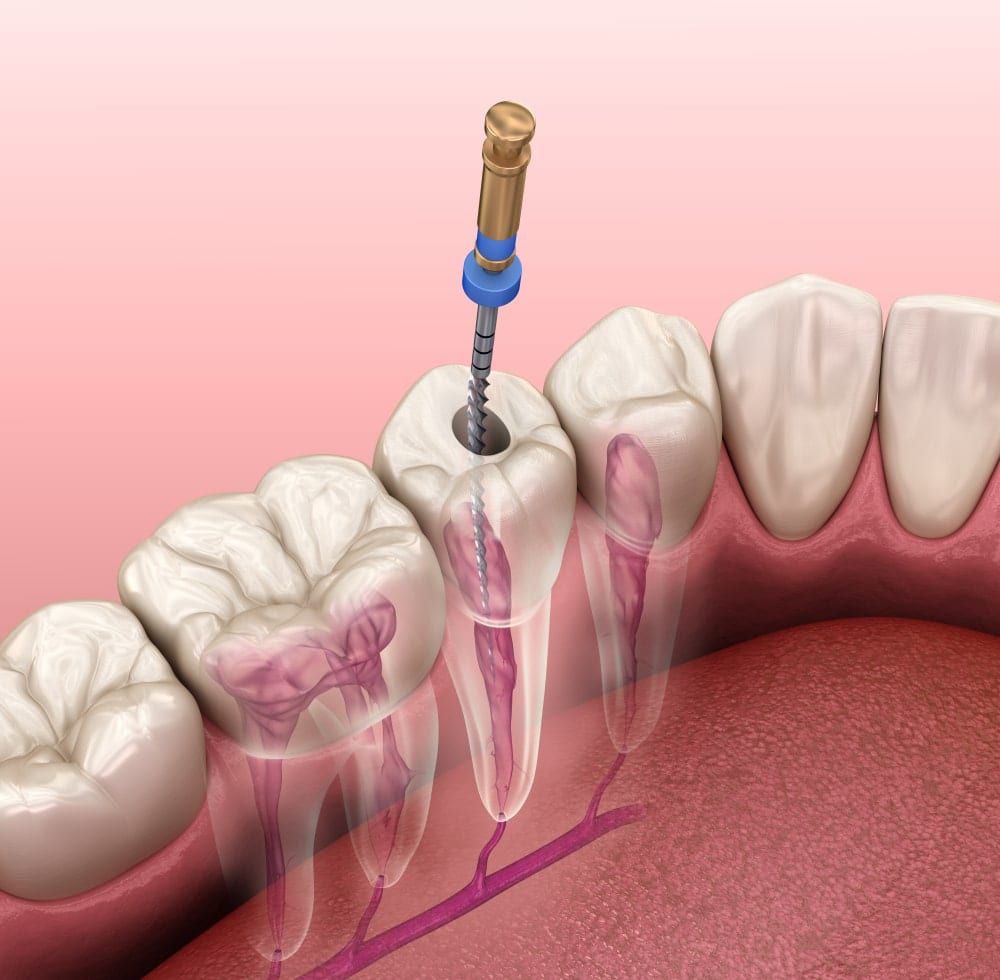
The Main Causes for Root Canals
Infection and inflammation of the pulp tissue of the tooth are the causes of root canal issues. Deep dental decay is one potential source of infection. Untreated dental cavities eventually allow bacteria to penetrate all the way to the pulp tissue, where they may cause an infection. Chipped or broken teeth are another way that bacteria could get into contact with pulp. Bacteria could enter the tooth’s pulp through any cracks in the barrier-like enamel coating.
Pulp tissue damage can also be caused by trauma to the tooth, such as the kind that could happen in a car accident or during sports. In this situation, it’s critical to seek treatment right away in order to try to save the tooth and avoid further issues.
In certain instances, substantial dental work itself may harm the pulp tissue, necessitating a root canal. The likelihood of this kind of injury increases if the same tooth has many fillings or restorations. Sometimes routine procedures like braces or crown preparation can eventually result in root canal issues.
What to Expect During Root Canal Therapy
If a dental examination reveals that you do require root canal therapy, don’t worry; it’s one of the most common and successful operations available and is frequently completed in a single appointment.
A local anesthetic is used to numb the tooth and the surrounding area before the root canal procedure normally starts in the same way that a filling does, and with no more discomfort. Many patients’ worst experiences have already ended.
The damaged tooth’s surface is then carefully cracked open to allow access to the pulp chamber and root canals. Little tools are often used in conjunction with a microscope to help remove the dead and dying pulp tissue from inside these constrained pathways. Then, the chamber and empty canals are cleansed, sterilised, and made ready for the filling with an inert, biocompatible substance. In order to stop further infection, the opening in the tooth is finally sealed with adhesive cement.
Your tooth may experience some sensitivity or discomfort for a few days after receiving root canal therapy. In general, over-the-counter pain treatments like ibuprofen work well to reduce discomfort, although prescription drugs may also be prescribed if necessary. It might be beneficial to refrain from firmly chewing on the hurt tooth during this time. But each of these signs ought to pass quickly.
It’s typically necessary to have a crown or other restoration placed on the tooth in order to further safeguard it and return it to full functionality. Restorations come in a variety of shapes and sizes, from conventional gold crowns to cutting-edge tooth-colored material copies of teeth. You will have invested in maintaining your dental health for years to come in any case.
What to Expect During Root Canal Therapy
How can you tell when a root canal is necessary? It can be brutally clear at times. You obviously require an examination and treatment right soon if you experience ongoing, excruciating pain and pressure in your mouth, as well as obvious swelling and intense sensitivity in your gums. When you bite down on food, you may experience a sharp ache as another indication of pulp tissue damage. Another sign of probable issue is persistent pain after eating hot or cold foods. You should get checked out as soon as you can if you have any of these symptoms.
Fullerton, CA Top Dental Office – Affordable Root Canal Near Me - Root Canal Dentist in Mission Viejo, CA
Meet Your Award-Winning Dentists in Mission Viejo & Fullerton, CA


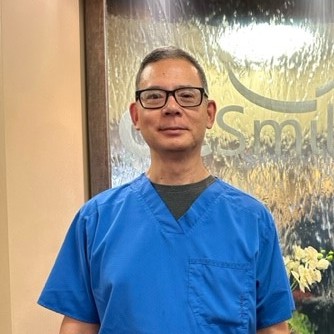
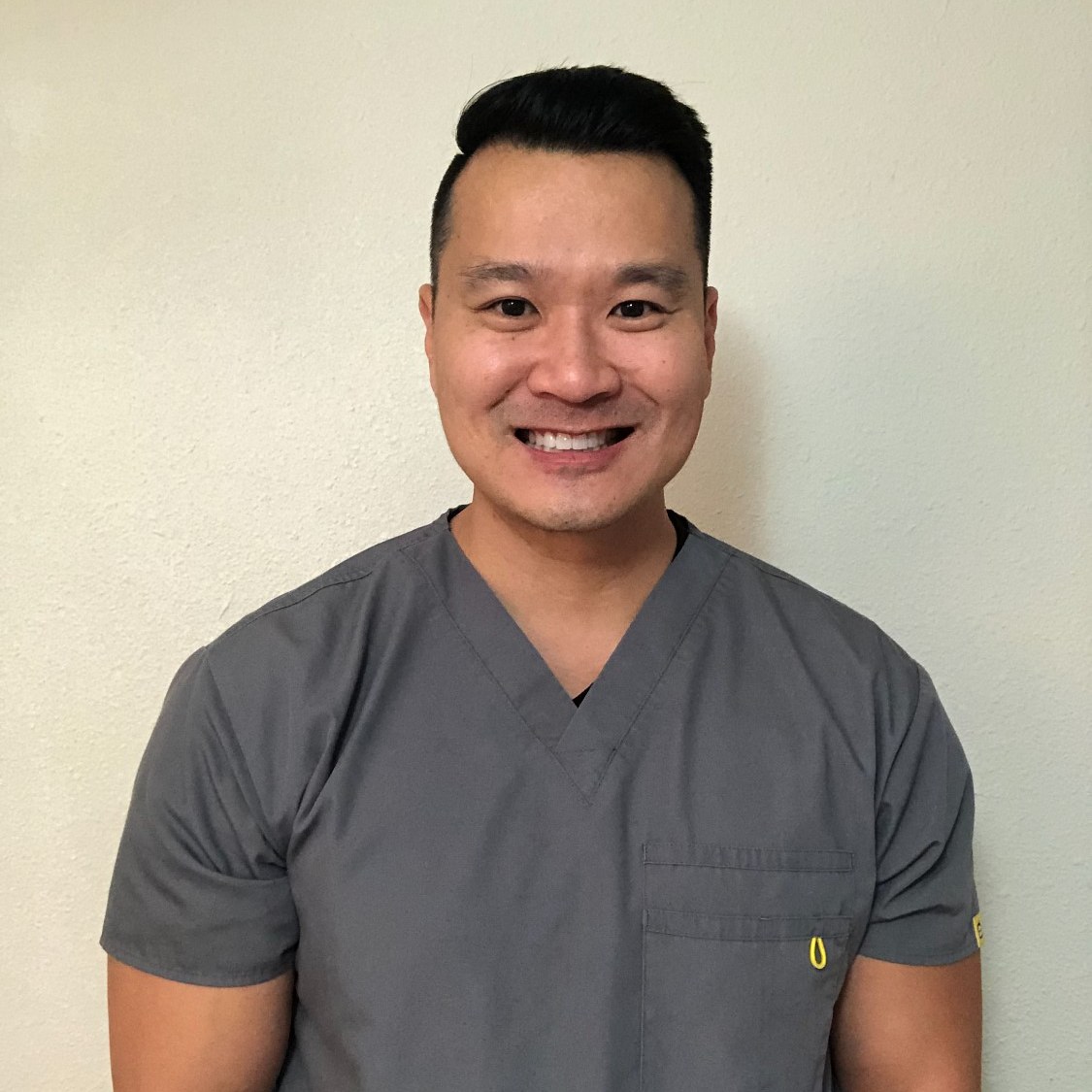
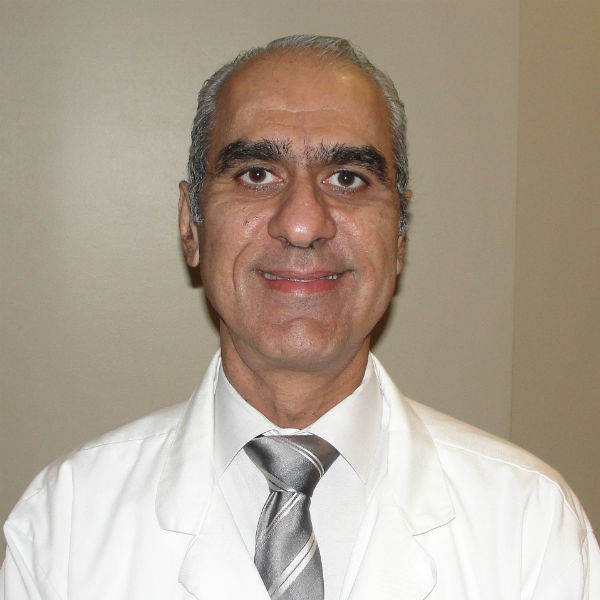




Our Dental Services
General Dentistry
Dental Implants
Emergency Care
Pediatric Dentistry
Oral Surgery
Orthodontics
The Proof is in our Patients
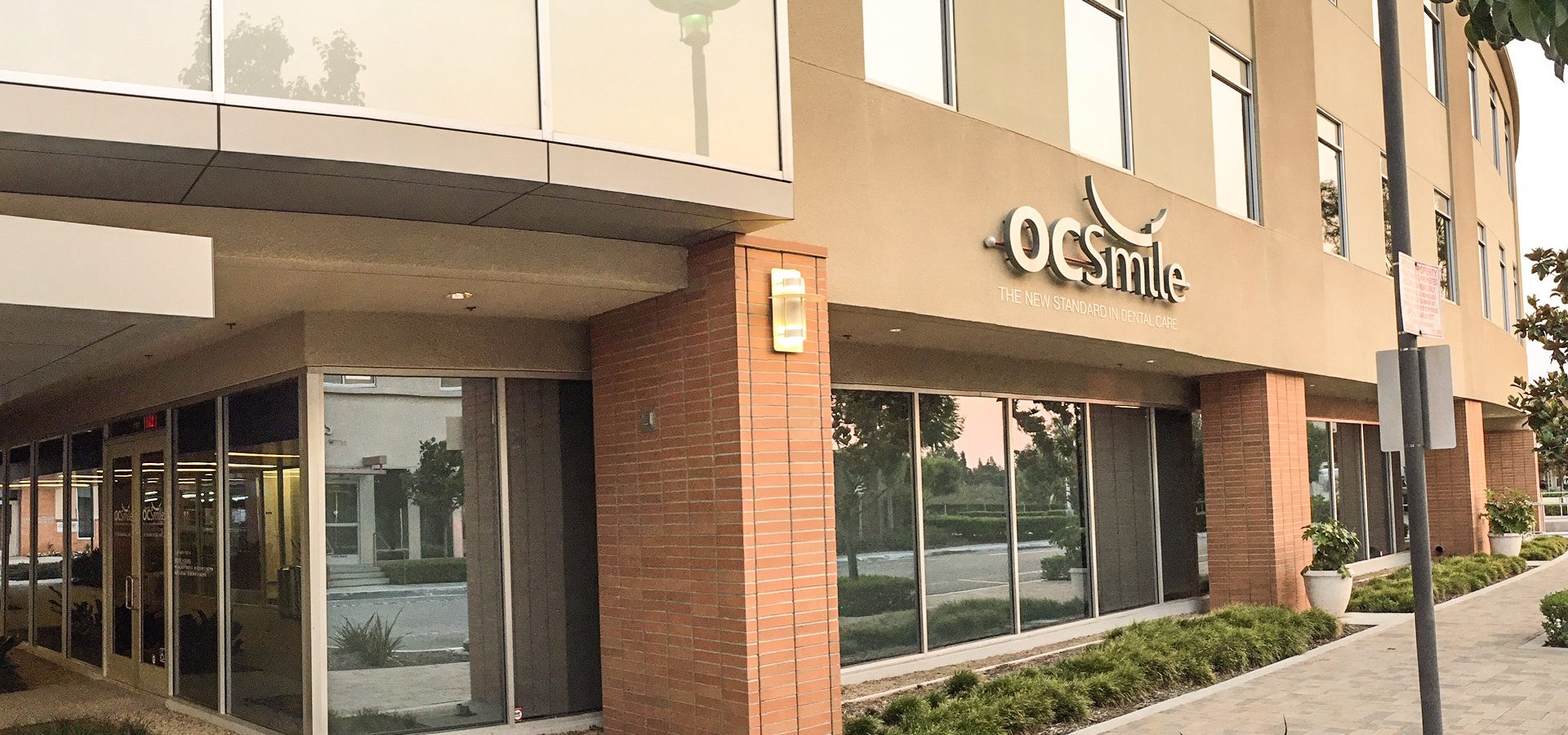
2 Convenient Locations
Our Fullerton, CA Office
1950 Sunny Crest Dr., Ste #1100
Fullerton, CA 92835
Working Hours
Our Mission Viejo, CA Office
24896 Chrisanta Drive, Suite #110
Mission Viejo, CA 92691

